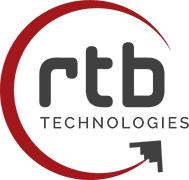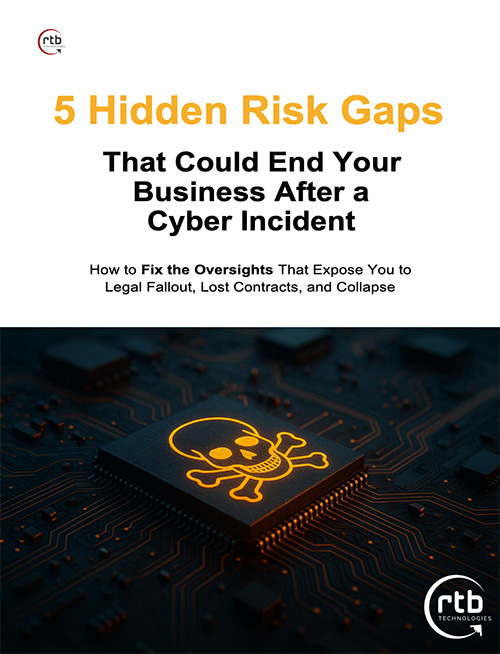
Cybercriminals have shifted tactics. They’re no longer battering down your digital door—they’re sneaking in with stolen credentials. These identity-based attacks now account for 67% of serious security incidents, and if Fortune 500 names like MGM and Caesars can fall victim, your business isn’t safe either.
What Is an Identity-Based Attack?
Any breach that starts with a compromised login rather than malware or exploited software vulnerability. Common tactics include:
- Phishing Pages & Fake E-mails
Employees are tricked into entering credentials on look-alike login screens. - SIM Swapping
Hackers hijack your phone number to intercept SMS-based 2FA codes. - MFA Fatigue
Flooding your device with “Approve” prompts until someone accidentally authorizes access. - Third-Party & Personal Devices
Attacks through vendor portals or unpatched personal laptops and phones.
Why It’s Such a Critical Threat
- Silent Data Leaks
Once inside, attackers exfiltrate client files and financial records—often without triggering alerts. - Zero Patching
Rogue logins bypass your update schedules; no patch, no protection. - Compliance Time Bomb
One unauthorized app or account can trigger HIPAA, PCI-DSS, or FTC Safeguards fines. - Malware Gateways
A single credential harvest can drop ransomware or keyloggers onto your network. - Account Takeover
Without MFA or logging enforcement, hackers move laterally until they own your domain.
Why Teams Fall for It
It’s rarely malice—it’s urgency:
- Approved security tools feel slow or cumbersome.
- They need results now, not after a lengthy approval cycle.
- They assume “just this one time” won’t hurt.
But that shortcut can cost you six- or even seven-figure breach response bills.
How to Lock Down Login Attacks
- Enable Strong MFA
— Use app-based or hardware-key authentication, not SMS. - Limit Access by Role
— Grant only the permissions required for each employee. - Ongoing Security Training
— Teach your team to spot phishing, social engineering, and MFA fatigue. - Continuous Monitoring
— Implement network and identity-monitoring tools to detect anomalous logins. - Endpoint Fortification
— Deploy next-gen antivirus and Endpoint Detection and Response (EDR) on every company device.
Ready to Find Out Where Your Logins Are Exposed?
Click here to Book your Cyber Risk Assessment Session!



